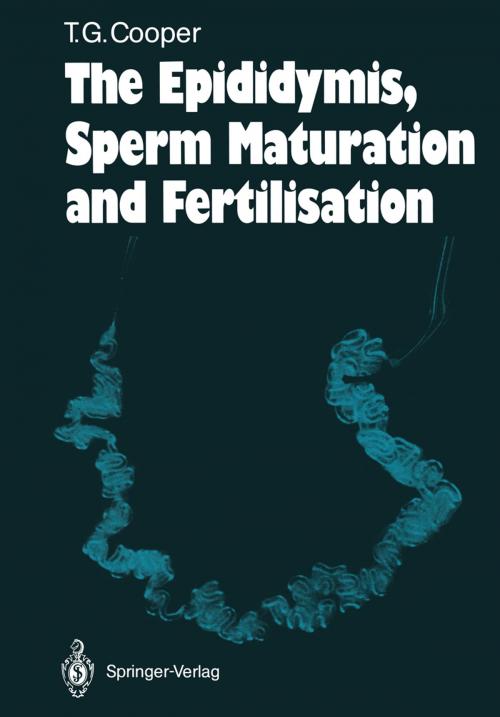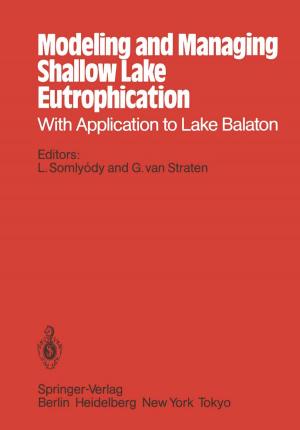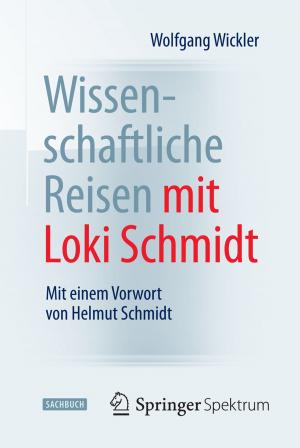The Epididymis, Sperm Maturation and Fertilisation
Nonfiction, Health & Well Being, Medical, Specialties, Dermatology, Gynecology & Obstetrics| Author: | Trevor G. Cooper | ISBN: | 9783642714719 |
| Publisher: | Springer Berlin Heidelberg | Publication: | December 6, 2012 |
| Imprint: | Springer | Language: | English |
| Author: | Trevor G. Cooper |
| ISBN: | 9783642714719 |
| Publisher: | Springer Berlin Heidelberg |
| Publication: | December 6, 2012 |
| Imprint: | Springer |
| Language: | English |
The epididymis has great significance in the reproductive biology of the male and it is gaining recognition as an organ worthy of study in its own right - where the secretory and absorptive activities of one tissue (the epithelium) profoundly modify the function of another (the spermatozoon). Apart from cases of epididymal agenesis or physical blockage, however, it is not yet known to what extent mal functions of the epididymis contribute to "unexplained" male infer tility, but its importance as a target for antifertility agents in the male is now widely appreciated. This monograph evolved from two lectures on epididymal func tion given at the National Research Institute for Family Planning, Beijing and the Sichuan Provincial Family Planning Research Insti tute, Chengdu, China in 1983. In order to stress for this audience the central importance of the epididymis in fertilisation, and so highlight its potential for attack by antifertility agents, the talks attempted to put the epididymis in reproductive perspective by stressing the func tional development of the sperm cells during their sojourn in the epididymis, rather than merely listing the changes observed in them.
The epididymis has great significance in the reproductive biology of the male and it is gaining recognition as an organ worthy of study in its own right - where the secretory and absorptive activities of one tissue (the epithelium) profoundly modify the function of another (the spermatozoon). Apart from cases of epididymal agenesis or physical blockage, however, it is not yet known to what extent mal functions of the epididymis contribute to "unexplained" male infer tility, but its importance as a target for antifertility agents in the male is now widely appreciated. This monograph evolved from two lectures on epididymal func tion given at the National Research Institute for Family Planning, Beijing and the Sichuan Provincial Family Planning Research Insti tute, Chengdu, China in 1983. In order to stress for this audience the central importance of the epididymis in fertilisation, and so highlight its potential for attack by antifertility agents, the talks attempted to put the epididymis in reproductive perspective by stressing the func tional development of the sperm cells during their sojourn in the epididymis, rather than merely listing the changes observed in them.















